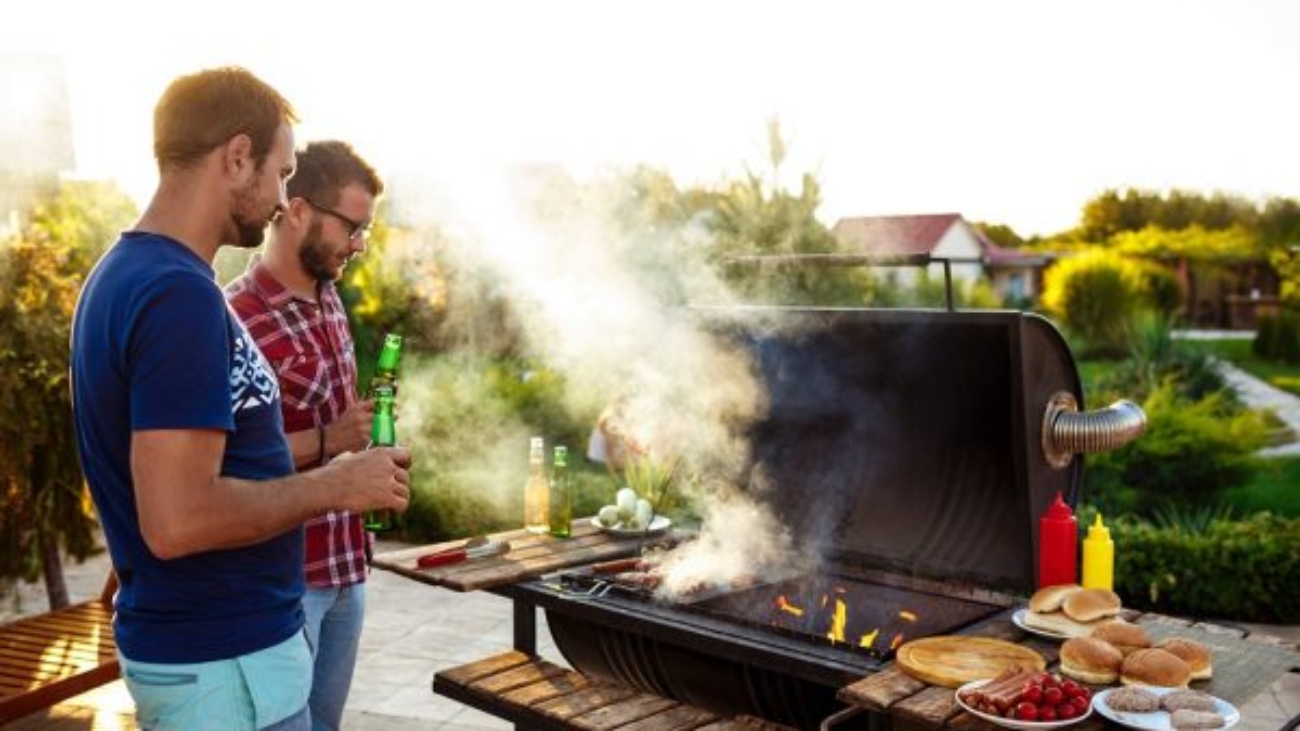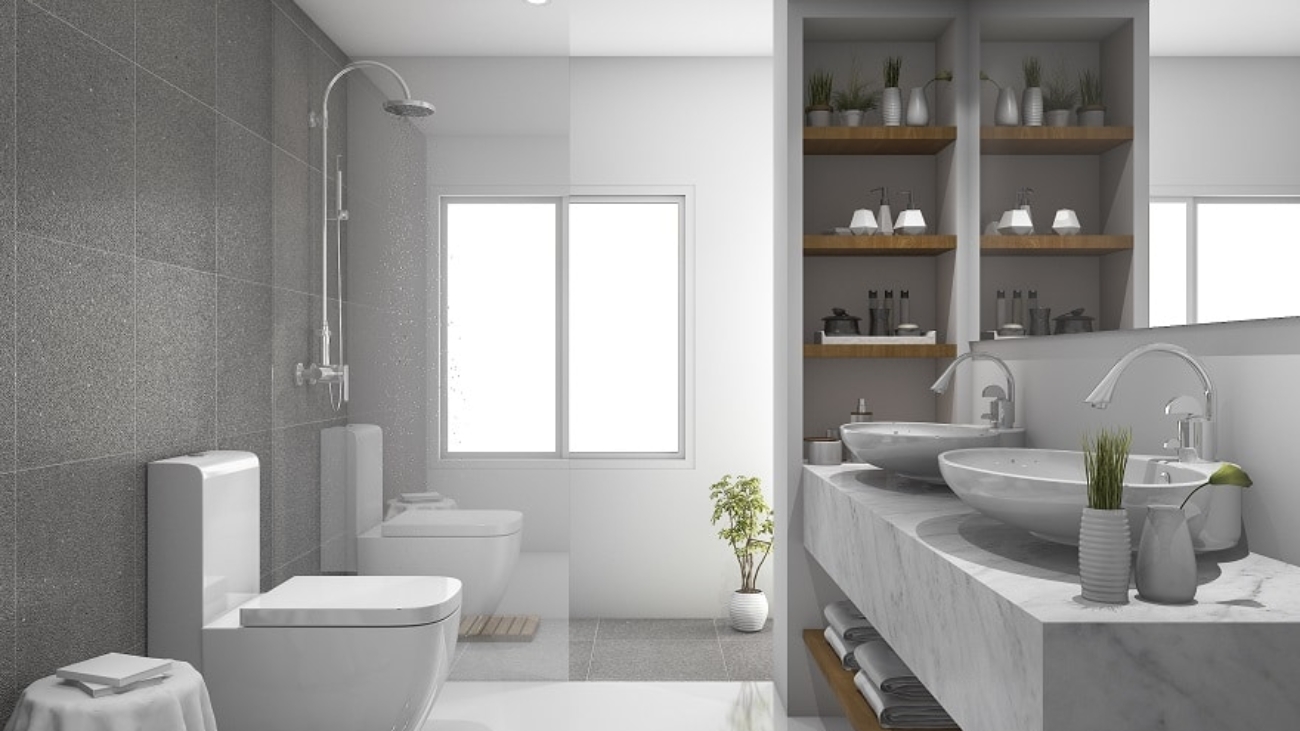
We recently featured Part One of Choosing the right-sized barbecue.
This week, we elaborate on the types and features of barbecues at your command.
Balcony barbecuing – don’t get gassed
Compared to an open backyard, barbecuing accidents have greater implications in an apartment block.
Before buying a whiz-bang new gas barbecue for your balcony, check the by-laws for your complex and/or the owners’ corporation (previously called the body corporate) to see if there are any restrictions on using a gas barbecue on your balcony.
It could be obscurely listed in the storing of hazardous material, i.e. an LPG gas cylinder.
Similarly, if you’re leasing, you need to check for these restrictions in your contract. And if you are permitted to have a gas barbecue on your balcony, never store more than one gas cylinder and never place these indoors.
For safety reasons, gas barbecues must always be used in well-ventilated spaces.
Barbecuing in an enclosed balcony is not advisable – even those with louvres, café blinds, or a significant amount of privacy screening could be a risky venture.
If this is your scenario, consider an electric barbecue. Two electric options include the Breville Smart Grill BGR840 and the Sunbeam Kettle King HG6600B.
Other things to consider:
Getting the grill/hotplate mix right
Most cooks would suggest you look for a half-grill and half-hotplate cooking surface, although a larger barbecue provides more flexibility. This allows you to use more of the surface you need and leave part of the barbecue unused.
Cast-iron hotplates are more susceptible to rust; if you live in a coastal area, enamel or stainless-steel hotplates are recommended.
Finishes
Exterior finishes include painted surfaces, vitreous enamel and stainless steel. Paint is the cheapest finish and can scratch or flake off over time.
Vitreous enamel is tougher and more durable. Stainless steel is also very durable, but can discolour when heated, and shows smudges and fingerprints more readily than other surfaces.
Hood
A good hood will open enough so it doesn’t blow smoke in your face, with reasonable resistance against accidental closing from gusts of wind, etc. Double-skin hoods will reduce the external temperature. Make sure it’s easy to access all the cooking areas as some hoods can restrict access with the warming plates.
Controls
Look for clearly labelled controls with positive stops at both the high and low positions. Check to see that they are easy to grip and turn. Knobs that slant out from the fascia are easier to see, ensuring you don’t have to bend over.
Ignition
Ignition types are usually ‘piezo’ or electronic. Piezo is where you press a button or one of the gas knobs and it generates a spark to ignite the gas. Some piezo systems direct a jet of flame into the burners to light them more reliably. Electronic ignition uses a battery to create a spark.
Sensible design
Large side trays are useful for placing food and utensils on, but be careful not to place plastic items too close to the barbecue, as they may melt. Handles should have enough space so that you don’t burn your hands on the hot panel behind them.
The fat tray should be easy to remove and replace. It should also be self-centring so that it catches all the fat.
Side/wok burner
Often included in larger barbecues, this additional burner is very handy for stir-fries; look for a model with a double or triple ring burner, which delivers a higher heat setting, making it more versatile and a better performer. A cover over the side burner is also handy for extra useable space. Look for a recessed burner so it’s protected on windy days.
Rotisserie
Most of the large barbecue models can accommodate a rotisserie and some also have a back burner element, which is perfect for roasting a chook. An electric rotisserie turner can be a handy feature as it allows you to deal with another cooking task while turning the meat at a consistent rate.

The trolley
There are many different trolleys available so look out for the features that will suit your specific needs, such as cupboards or a side burner.
If you need to move the trolley, even only occasionally, it will be a lot easier if it has four castors. If the trolley only has two wheels, check that it is not too heavy to lift the other end for moving and that there are no sharp edges where you grip it.
Stainless steel trolleys require extra attention when cleaning due to smudges and fingerprints. Some may also rust in certain environments.
Charcoal barbecue options
Some people swear by the distinctive smoky taste you can only get with charcoal or wood-burning barbecue. If you’re looking for a charcoal/kettle barbecue, most models will do the job, as it’s essentially a container for the coals with a lid.
But you want to make sure it has accessible vents that open and close easily to control the temperature. You might also want a versatile cooking surface that includes a flat hotplate option as well as a grill.
The lid should have a handle that will stay cool to the touch when the barbecue’s lit — and wheels will make it easier to move around.
Some interesting options include the Everdure eChurrasco and LotusGrill, delivering a new twist on the basic charcoal barbecue, and the affordable Jamie Oliver Big Boy Charcoal BBQ.























